Motion controller architectures can be one of several types. Among the most common are stand-alone controllers and PC-based control.
PC control for motion typically takes the form of so-called industrial PCs. These feature processors just like a typical PC but a lot of the other components are ruggedized and designed for operation in an industrial environment. Industrial PCs operate in environments with noise and dust and possibility of exposure to harsh chemicals as well as shock and vibration and extremes in temperature and/or humidity.
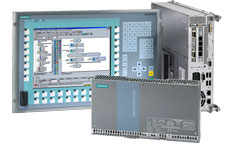
Processing power is a key benefit of PC-based controls as they can take advantage of the latest and fastest processors. Another important advantage is that the PC platform is familiar and so there is less of a learning curve for commissioning and programming and setup. A big reason why it’s so familiar is the PC graphical user interface (GUI) which makes it much easier to program and work with the system than other types of controllers that may have GUIs that are not as intuitive or user friendly. PC-based controllers are also easily scalable for expanding and changing motion control requirements.
PC-based controllers have benefitted greatly from the increasing performance of consumer and mobile computing processors. Today’s PCs have far more processing power than earlier generations of PCs and can easily run complex motion programs with standard operating systems managing the hardware resources.
A big advantage of newer generation PC-based controllers is that they have CPUs with multi-core processors. Multiple CPUs on one controller can run parallel tasks, managing I/O and motion with improved determinism and real-time execution in addition to normal PC tasks.
Also, compared with dedicated processor options, PC-based motion control may be the more economical option.


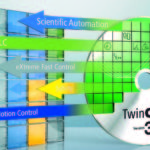
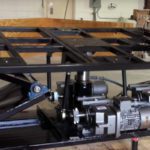
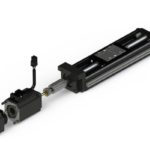
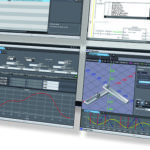

Leave a Reply
You must be logged in to post a comment.